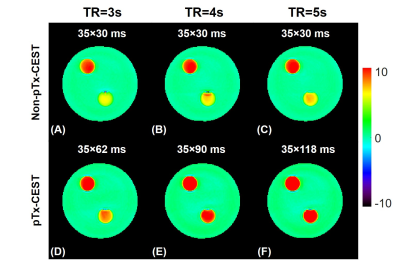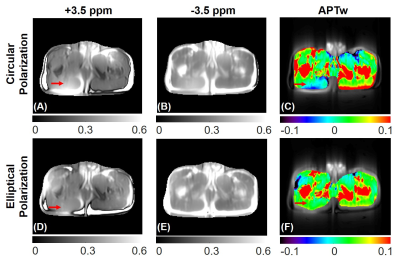Ruibin Liu1, Zihua Qian2, Zhe Wu3, Yi-Cheng Hsu4, Caixia Fu5, Yi Sun4, Dan Wu1, and Yi Zhang1
1Key Laboratory for Biomedical Engineering of Ministry of Education, Department of Biomedical Engineering, College of Biomedical Engineering & Instrument Science, Zhejiang University, Hangzhou, China, 2Department of Radiology, The Children’s Hospital, Zhejiang University School of Medicine, National Clinical Research Center for Child Health, Hangzhou, China, 3Techna Institute, University Health Network, Toronto, ON, Canada, 4MR Collaboration, Siemens Healthcare Ltd., Shanghai, China, 5MR Application Development, Siemens Shenzhen Magnetic Resonance Ltd., Shenzhen, China
1Key Laboratory for Biomedical Engineering of Ministry of Education, Department of Biomedical Engineering, College of Biomedical Engineering & Instrument Science, Zhejiang University, Hangzhou, China, 2Department of Radiology, The Children’s Hospital, Zhejiang University School of Medicine, National Clinical Research Center for Child Health, Hangzhou, China, 3Techna Institute, University Health Network, Toronto, ON, Canada, 4MR Collaboration, Siemens Healthcare Ltd., Shanghai, China, 5MR Application Development, Siemens Shenzhen Magnetic Resonance Ltd., Shenzhen, China
Arbitrarily
long CEST saturation duration can be achieved with the parallel transmission functionality
on the Siemens platform. The optimal RF settings, manifesting circular and
elliptical polarizations in the brain and abdomen, help reduce the dielectric
shading effects in CEST imaging.

Figure
2.
Amide-proton-transfer-weighted (APTw) images obtained from
the bovine serum albumin (BSA) phantom with the maximum achievable saturation
duration at 100% saturation duty cycle using the pTx-CEST sequence (second row)
compared to those using the conventional non-pTx-CEST sequence (first row) under
the TR of 3s (first column), 4s (second column), and 5s (third column). For
both pTx- and non-pTx-CEST sequences, each pulse element was 35ms, and the
second number at the top of each image referred to the maximum allowable number
of elements.

Figure
4. CEST source images obtained at +3.5 ppm
(first column) and -3.5 ppm (second column) in conjunction with APTw images
(third column) from the abdomen of a volunteer using the pTx-CEST sequence with
the optimal setting manifesting elliptical polarization (second row) compared to
circular polarization (first row).
